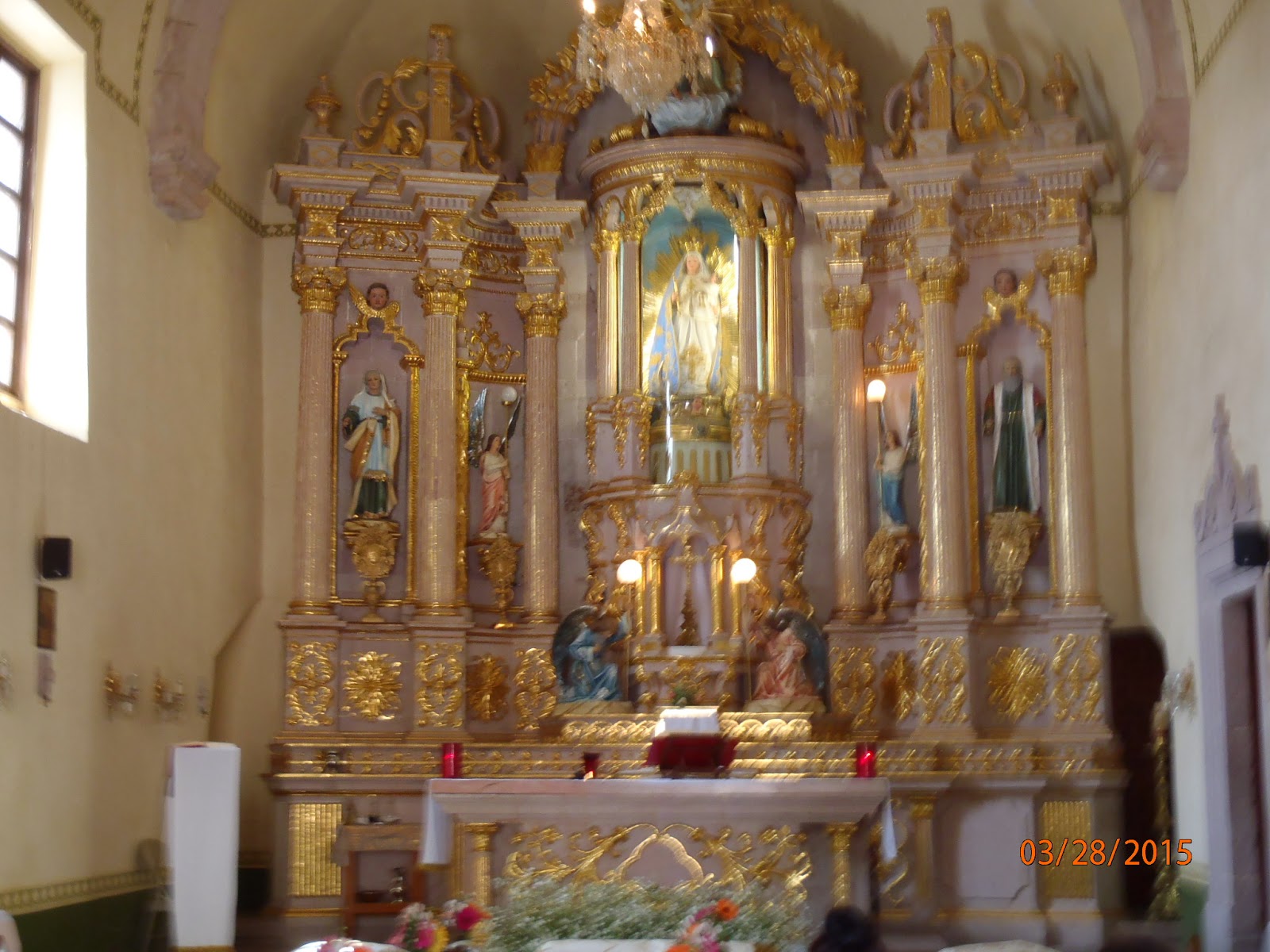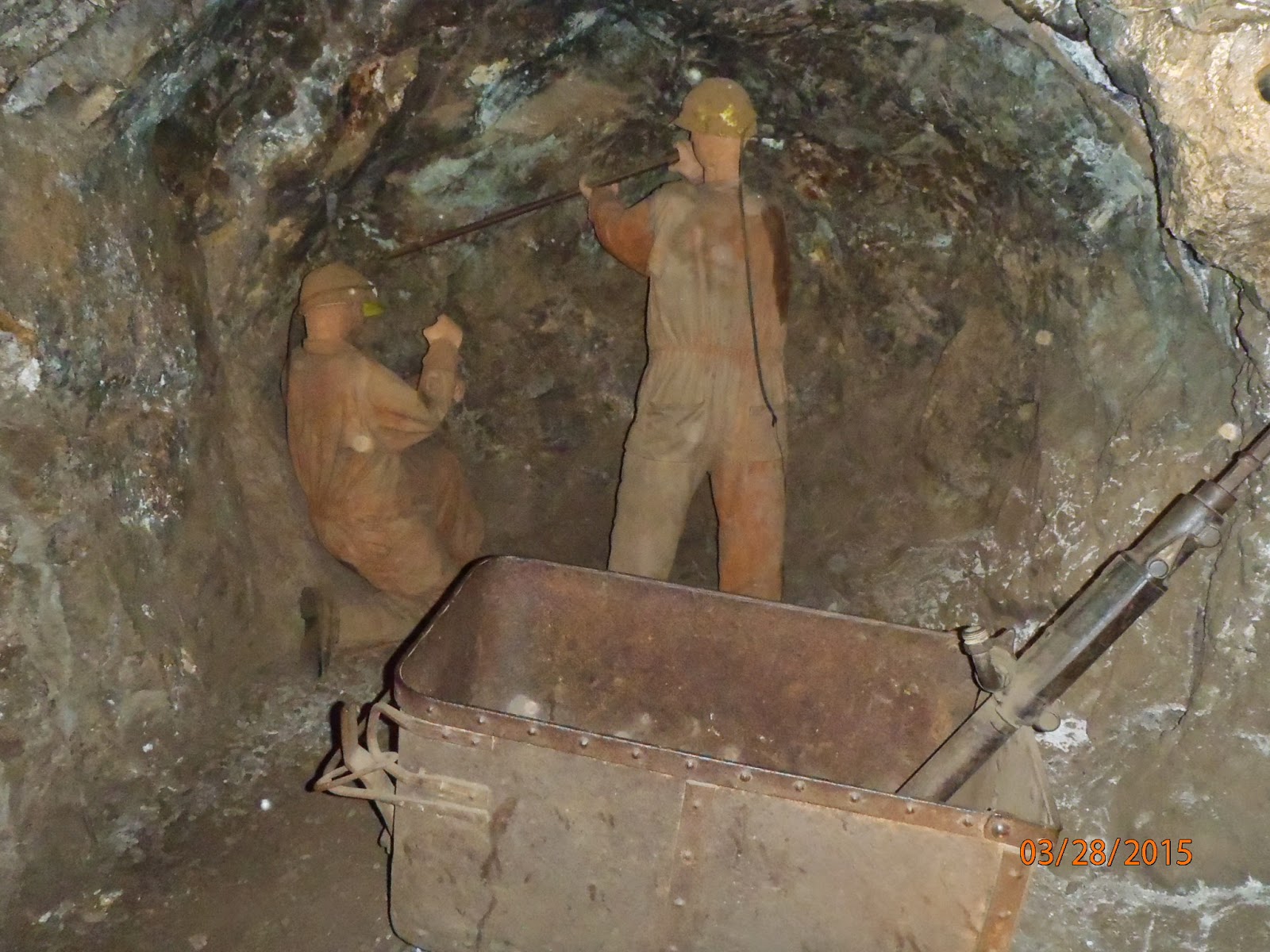Here is a little bit of history about the city of Zacatecas and the part it played in the attack of the Alamo.
Zacatecas is a city of enormous beauty and unabashed Mexican pride. This fabled silver city lies 4.5 hours north of Guanajuato and is a detour into history no visitor will regret. At 8,100 feet above sea level (making it Mexico’s second highest city), Zacatecas will quite literally take your breath away. The city’s stunning architecture includes many religious and civil buildings from the colonial era: the cathedral, clearly dominates the center of town.
Since its establishment as a mining camp in the 16th century, Zacatecas has long been valued for its rich deposits of silver and other minerals. On January 20th, 1548, the Spanish prospector, Juan de Tolosa, along with Diego de Ibarra, Cristobal de Oñate, and Baltasar Temiño de Bañuelos, officially founded the city. One of the world's largest silver mines, Fresnillo, is only around 30 miles from Zacatecas. Also close by is the village of Plateros (which, incidentally, is Spanish for “silversmith”). Many make pilgrimages to Plateros at Christmas time to bring toys to the local patron saint, Santo Niño de Atocha, a symbol of Zacatecas and the protector of miners.
Some mines have been adapted for tours, including El Eden, part of the Zacatecas “From Earth to Sky” circuit. The tour offers a cable car ride to the legendary Cerro de La Bufa (Bufa Hill), where visitors can admire striking rock formations, mineral colors, and underground machinery. With a mix of curves and straight lines, the city center architecture is certainly distinctive. Its avenues are punctuated by alleys, each boasting its own legend. The Callejon del Indio Triste (Alley of the Sad Indian) tells the story of the obsessive love of Xolotl, Lord of Panuco, for Xuchitl, the last Chichemec Princess. Other notable Zacatecas alleys are Mantequilla (Butter), Gallos (Cockerels), Merceditas (Small Mercies), San Francisco (St. Francis), Santero (Faith Healer), Mono Prieto (Dark Monkey), Tenorio (Womanizer), and Resbalon (Slip). The city's history is nothing if not lively.
Though inhabited in pre-Hispanic times, Zacatecas was officially founded by the Spanish following the discovery of a rich silver lode. Zacatecas reached the height of its prosperity in the 16th and 17th centuries. In the late 16th century, several religious orders (Dominicans, Jesuits, Agustins, and Franciscans) began constructing churches with the help of local silver barons. As you'll see, its historic center is a tight clustering of magnificent churches, abandoned convents and sturdy colonial architecture. By the early 18th century, Zacatecas was producing one-fifth of the world’s silver.
For centuries, Zacatecas served as the northern frontier of Spain’s New World empire. Religious crusades into Mexico’s hostile northern territory (what today is the southern U.S.) were launched from Zacatecas. Its wealth and strategic position were coveted by warring factions throughout the 19th century, and in 1914, one of the Mexican Revolution’s greatest military battles took place here, as Pancho Villa’s troops defeated an army of 12,000 soldiers under General Huerta. Several features set Zacatecas apart from its colonial sister cities. First, its setting: the city is nestled in a ravine between two imposing hills, Cerro de La Bufa and Cerro del Grillo (Cricket Hill). Its narrow cobblestone streets and pedestrian alleyways wind upward past manicured parks and colonial buildings built from soft pink and peach-colored stone.
The second distinguishing factor is that Zacatecas is home to one of this hemisphere’s finest collections of ancient art from around the world. The city's cultural sightseeing options are a suitably eclectic mix: its museums are some of Mexico’s finest, while several tranquil parks offer quiet seclusion when you've had enough of the city buzz. If you're in search of excitement, this colonial gem offers two of Mexico’s most enjoyable touristic adventures: a trip into an underground silver mine and a bracing ride on the aerial tramway that soars above the city’s streets.
Not mentioned above is another historical event that is a large part of America's history in the state of Texas. We know it as the Alamo. And one of its heros was Davy Crockett. Santa Anna amassed his troops in Zacatecas in preparation for the attack on the Alamo.
As mentioned above, the city was founded by the Spanish. The town reminded me of my visit to Granada, Spain as we walked around the town noting the narrow streets and alleys. Numerous churches and cathedrals dot the city skyline. Many of the buildings in the center of town are lit on the side facing the street to show their colonial architecture.
As with Durango, Zacatecas was celebrating its cultural festival along with the preparations for Holy Week. Tourists from throughout Mexico and locals filled the streets and the many museums. Street vendors along our walks were selling their wares and food. The evenings were capped off with free concerts that was enjoyed by ourselves and hundreds of other people. The last concert we enjoyed was the Singing Star that, from the excitement of the audience, must have been well known. Her name is Dulce.
Again there are too many photos to share. Hopefully the photos below capture the beauty of the city, it's buildings and alleys, the people and the wonders in the museums.
At first glance, this was thought to be a painting. Further examination showed that is was created from cloth sewn with very fine threads of different colors to create this magnificent piece of art. It was located in the lobby of our hotel.
The hotel was very old which is reflected by the size and shape of the key to our room.
This is part of the view from our window.
Looking down into the lobby and restaurant below our floor. Those are bird cages containing some exodic birds.
We are greeted with these views as we walk from our hotel towards the center of the city. The first cathedral we see is at the end of the street.
The veranda off of our room.
Now the beauty of a cathedral comes into view as we near.
One of many small parks to enjoy.
Another Cathedral along our walk. Notice the fine detail carved into the facade.
A wedding
A strange rock formation on a hill overlooking the city. Maggie and I took a cable car to this point.
Maggie and I had a cold one after reaching the top.
The inside of another beautiful small church.
A monument to the fallen during the revolution
We toured an old and very productive silver mine under the city.
This guy never made it out.
Downtown at night.
One of the concerts we attended.
Palm Sunday
One of the museums we visited containing several hundred masks created by the indigenous people of Mexico over the centuries. This was the home of the friers. They lived well.
A good photo of Maggie
A small sample of the many masks
What the building looked like at one time.
We found and stopped at a small bar on our walk back from the mask museum. These fine ladies ran the place and were very friendly. Again as in Durango, we were two of the very few Gringos in town.
Talk about security!
Throughout Mexico, you will find someone sweeping the street and sidewalks outside of their home or business each morning.
The last concert we enjoyed before leaving on the 1:00 am bus back to Mazatlan.
Hopefully you enjoyed the photos and the history of the area. Down the line you will be given a small glance at the other areas I visit throughout Mexico.
Until then be safe out there.





























































































